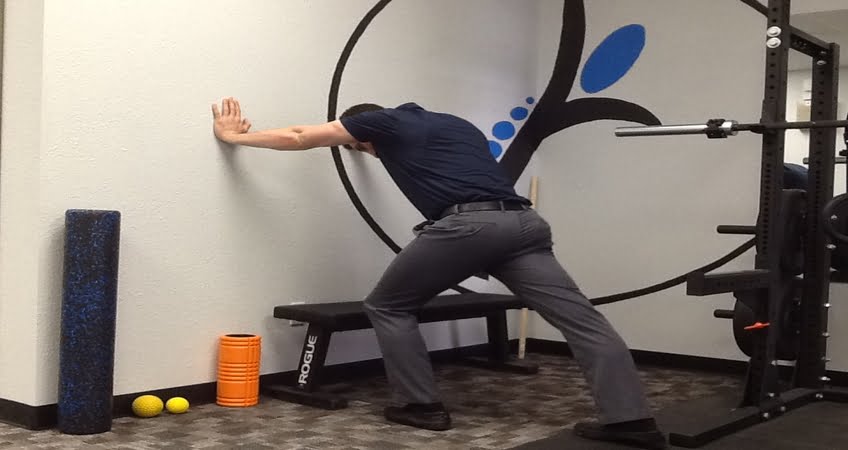Stretching Appropriately and Safely
There is a lot to like about stretching. Whether it’s for post-run recovery, yoga, or daily simple stretches to ease muscle tension, stretching is beneficial in numerous ways. Research has shown that stretching is a great way to maintain balance and freedom of movement, especially as we get older. However, stretching can be a controversial topic when it comes to different people. Some runners swear by it and some runners skip it all together. What is important is that if you do stretch to make sure you are doing it appropriately and safely. With running season underway here is a list of some of the do’s and don’ts associated with stretching.
Do dynamic stretching over static stretching before a run
Warm up your muscles with dynamic stretching, i.e. short duration stretching performed through a movement. Traditional static stretching has shown to decrease power and rebound of muscles if performed before exercise and should be done after exercise when the goal is muscle relaxation.
Don’t only stretch before or after your run
If you have chronically tight problem areas, stretching only pre and post-workout may not be enough to alleviate your issues.
Do stretch through multiple planes of motion
Stretching a muscle or joint in all planes of motion (sagittal, frontal, and transverse planes) allows the muscle to stretch and lengthen without decreasing its elastic rebound. Below is a video of tri-planar stretching for the calf.
Don’t stretch through pain
If a stretch is causing pain (beyond the typical discomfort associated with stretching), there may be an underlying issue and continuing to stretch may only worsen it.
Don’t expect stretching to completely protect you from injury
Relying on stretching only should not and will not prevent you from a injury, instead you should incorporate strength training and cross-training to engage and strengthen various muscle groups involved in running. (Hips, glutes, core, etc.)
Don’t stretch an area just because it “feels tight”
Not all tissues need stretching. Take for example the hamstrings in someone who has anterior pelvic tilt. Their hamstrings may feel tight but they are acutally stretched long. Like a rubber band stretched, the band is lengthened which makes it taut or tight. Stretching that same rubber band longer will only cause it to break.
Behm Muscle & Joint Clinic and running injuries
It is important that if you are dealing with a specific injury to seek the advice of a medical professional. These exercises are designed to be implemented into your current training program, specific rehabilitation exercises are used for specific injuries. At our clinic in Bellevue, NE we treat many Omaha runners. Our clinic combines Chiropractic, Rehabilitation, and evidence based soft tissue therapies (Active Release, IASTM, Dry Needling) treat various overuse injuries caused by running. If you are seeking the advice of a professional do not hesitate to call our clinic at 402-292-1450 or schedule a consultation online.
About the author
Dr. Behm was born and raised in Papillion, NE. He received his Bachelor’s degree in Exercise Science from the University of Nebraska – Omaha and following his undergraduate studies was a certified personal trainer (NSCA-CPT – National Strength and Conditioning Association) in the Omaha area for years, helping clients achieve their health and fitness goals. He received his Doctorate in Chiropractic from Cleveland Chiropractic College – Kansas City. While in school, he received multiple certifications to increase his knowledge of the human body and how to properly assess and treat his patients. This translates into our integrative approach to Chiropractic care and our combination of therapies to better address your musculoskeletal complaints. Dr. Behm is excited to return to his hometown and serve the community around him.
